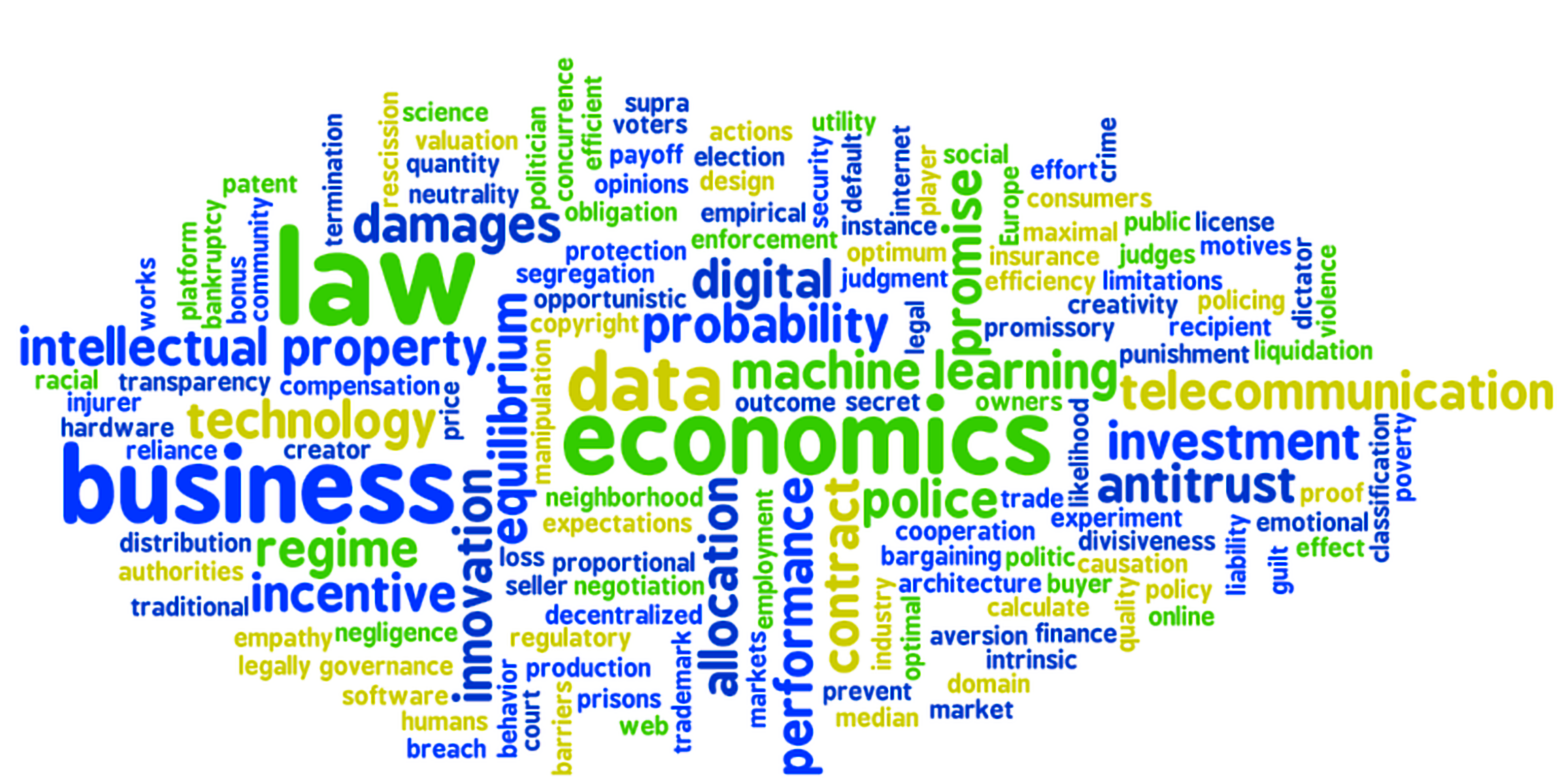
|
Gain an understanding of the terms of Microeconomics and Macroeconomics which Introduction to various economic systems – capitalist, communist and mixed economy; Fundamental economic problems and the mechanism through which these problems are solved; Theory of demand and supply and their elasticity’s; Theory of consumer behaviour; Cardinal and ordinal approaches of utility analysis; Price determination; Nature of an economic theory; Applicability of economic theories to the problems of developing countries; Indifference curve techniques; Theory of production, production function, types of productivity; Rational region of production of an engineering firm; Concepts of market and market structure; Cost analysis and cost function; Small scale production and large scale production; Optimization; Theory of distribution; Use of derivative in economics: maximization and minimization of economic functions, relationship among total, marginal and average concepts. Macro-economics: Savings; investment, employment; National income analysis; Inflation; Monetary policy; Fiscal policy and trade policy with reference to Bangladesh; Economics of development and planning.
|
|
|
|
Economics prepares students to understand individual and group decision making, the structure of markets and economies, and the relationship between regions within the global economy. |
- Teacher: Munmun Shabnam Bipasha
